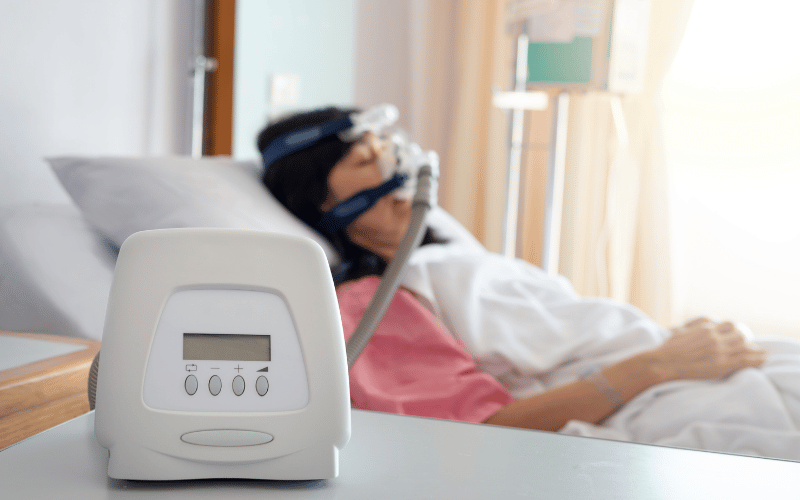Introduction: A Deeper Dive into Obstructive Sleep Apnea

When darkness falls and our heads hit the pillow, most of us look forward to a night of uninterrupted sleep. But for many, this peaceful reprieve is marred by a serious sleep disorder known as Obstructive Sleep Apnea (OSA). OSA isn’t merely a nuisance; it’s a significant health challenge that plays out night after night for millions worldwide.
The real dilemma with OSA lies in its stealthy nature. Numerous people go years without recognizing the signs, attributing their daily fatigue to work stress, aging, or just bad sleep.
But the implications of untreated OSA are far-reaching, affecting not only sleep quality but overall health. In this article, we’re not just scratching the surface.
We’re delving deep, uncovering crucial facts about OSA that everyone should know. From its subtle symptoms to its potential complications, this is information that could be life-changing for someone struggling with this disorder.
1. Loud and Chronic Snoring: Not Just an Annoying Habit

Snoring might seem simple enough, but it’s a complex symphony of physiology gone awry. The snoring we associate with OSA is a result of turbulent airflow causing tissues of the throat to vibrate.
This happens when there is a partial obstruction or narrowing in the upper airway, leading to the characteristic sound. The more significant the blockage, the louder the snoring tends to be, making OSA patients some of the loudest snorers around.
It’s essential to note that not everyone who snores has OSA. Occasional snoring can be a result of temporary factors such as nasal congestion from a cold or sleeping in an unusual position.
Chronic snoring, especially when it’s loud and punctuated by periods of silence (apneas), followed by gasps, is more concerning. These gaps are essentially moments where the person stops breathing, which can last for several seconds or even minutes.
Beyond the potential health risks to the individual, there’s another victim in the equation: bed partners. The loud, inconsistent snoring can wreak havoc on a partner’s sleep cycle. This secondary effect of OSA, sometimes called “spousal arousal syndrome,” means that both members of a couple can face the health consequences of sleep deprivation.
While not everyone who snores has OSA, it remains one of the condition’s primary symptoms. If snoring is combined with other symptoms like daytime fatigue, frequent nighttime awakenings, or morning headaches, it’s a strong indicator that OSA might be present. (1)